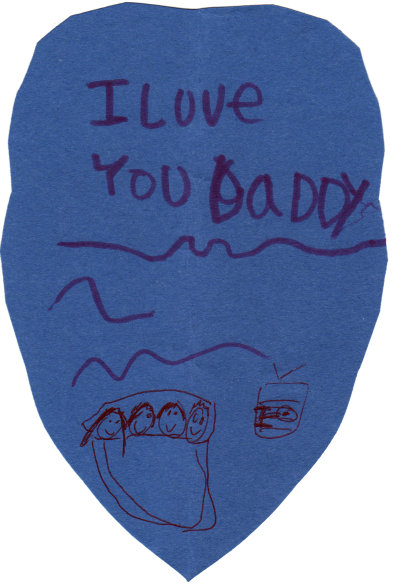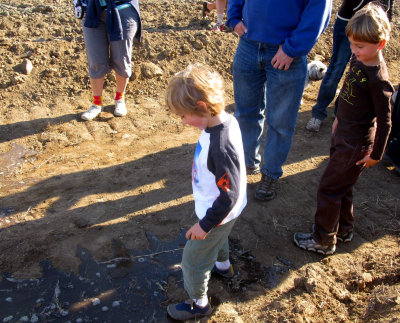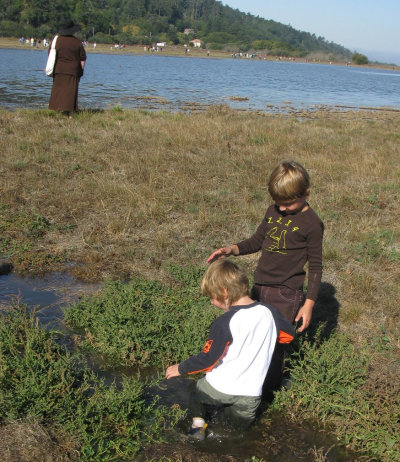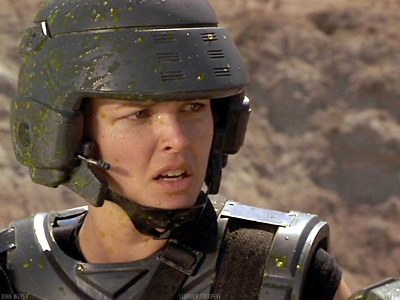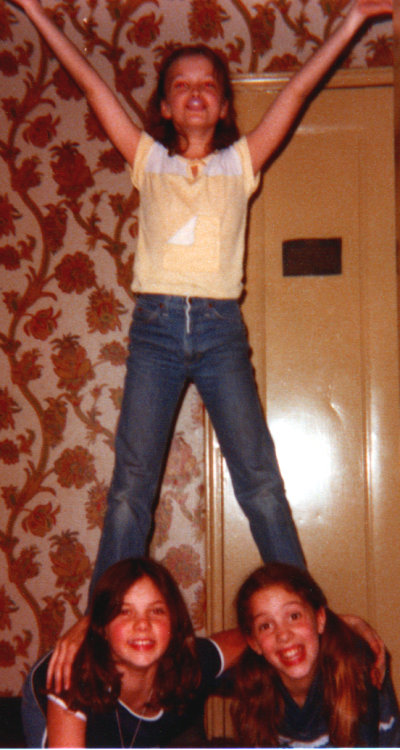Early last year I took the plunge and got a big plasma Philips TV for the living room. Between that and my DTS sound system I was in home-cinema heaven! But after a few months I noticed an intermittent problem: when turning on the TV, sometimes the display was distorted in one of a couple different ways.
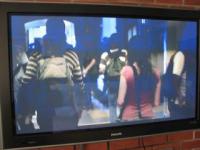 |
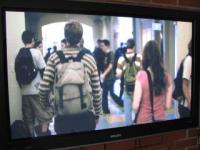 |
| Wrong | Right |
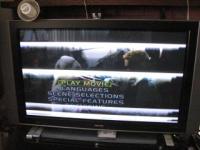 |
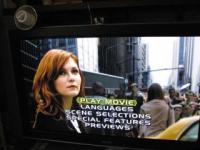 |
| Wrong | Right |
Sometimes there was no picture at all. Turning the screen off, waiting a few seconds, and turning it on again usually fixed the problem. Sometimes a second power-cycle was necessary.
The problem only happened a few times per month and so was extremely hard to diagnose. A succession of authorized repair centers variously (a) tried and failed, (b) pretended, and (c) refused to fix it. Over and over again, I directed appeals to Philips, only to be referred to another local service center, who would eventually send me back to Philips, which would assign me a new case number and the cycle would repeat. Add in several unanswered phone calls and letters and you can see how this stretched into more than a year.
Finally I sent them this letter:
To whom it may concern,
Eighteen months ago I purchased a Philips plasma TV. For the past twelve months I have been trying to get a defect in that TV repaired. The lengthy saga of those attempts involves incompetence, unresponsiveness, and evasiveness among a variety of authorized service centers, along with miscommunication, misunderstandings, and other less outlandish obstacles. A detailed chronology is enclosed.
A few weeks ago a technician from C—-‘s TV visited my house to inspect the unit. His opinion was that it could not be repaired. For one thing, the problem is very hard to reproduce. It happens only two or three times a month. For another thing, if he went with his guess and replaced the circuit board that he suspected was the culprit, any replacement he might try would come refurbished from Philips, not new, and would be likely to have its own quirks. He didn’t want to see me trade one minor problem for another possibly worse one.
He had a point. The problem I’m dealing with is minor: occasionally when I turn on the TV, the display is garbled or blank, but I can fix it by turning the TV off and on once or twice. He said that, if I’m lucky, the problem isn’t a circuit board at all but is due to bad grounding. His parting suggestion was that if I observe the problem again, I should try fiddling with the wires and the connections and rapping on the components in the path between the TV and ground.
Since his visit I have observed the problem two more times, and I followed his advice, but to no avail. The problem persisted until I power-cycled the TV. I despaired of launching yet another go-round with Philips customer service seeking some sort of resolution to this problem, certain that I’d end up chasing my tail once again. But then I had an idea:
I can live with having to power-cycle my TV two or three times a month. My main concern is that the problem will worsen somehow, to the point where my ability to enjoy the TV is substantially degraded. Maybe one day I won’t be able to fix the problem by turning the TV off and on. Maybe one day the screen will remain persistently a little garbled.
So here is my proposal to you. As long as the problem remains an occasional minor annoyance, I will live with it and leave you guys alone; however, if it should significantly worsen, then even if it is out of warranty you will replace the TV with a new, comparable unit and a new warranty at no cost to me, since the problem has existed since the TV was under warranty and remains unaddressed despite my own best efforts.
If this proposal is acceptable to you, I would appreciate a written acknowledgment, however I will also consider a lack of response (within two weeks of your receipt of this letter) to be an acceptance of this proposal. On the other hand, if this proposal is not acceptable to you, I must unhappily resume my efforts to get this problem resolved and insist that you take new steps to remedy it.
Sincerely, etc.
Two weeks passed and I heard nothing. Another couple of weeks later I got a call from Philips: “Your replacement TV is on its way.” Yesterday it was delivered and installed.
Yay! Chalk one up for dogged reasonableness (and for maintaining a detailed chronology of phone calls, repair visits, and so on). The moral of this story is that customer service costs money, and eventually it’ll impact their bottom line less just to give in to your reasonable demands. Or kill you, but for big-screen-TV-peace-of-mind that was a risk I was willing to take.
